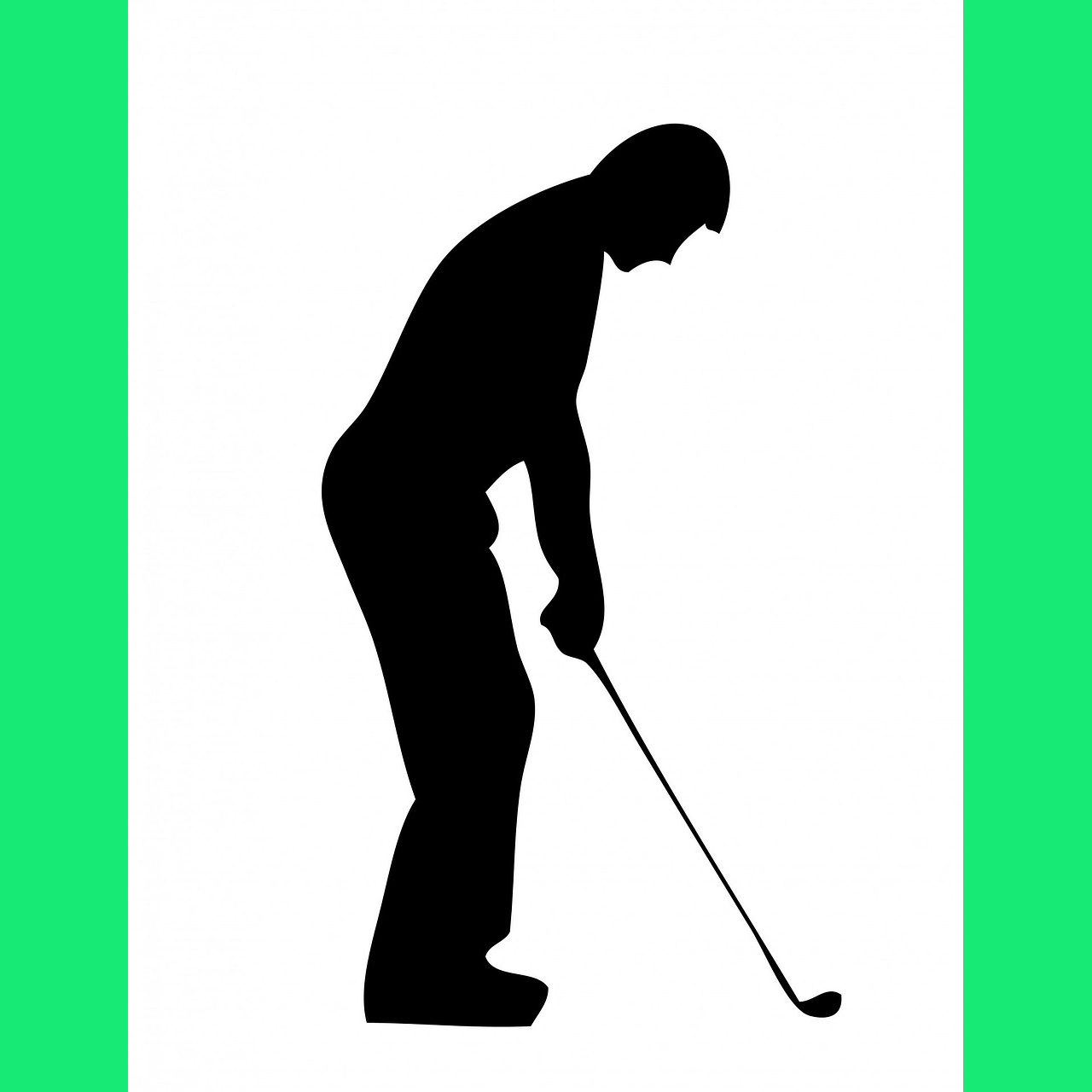
Question: I create golf artwork using mainly golf tees and spikes. I have worked with some major golf equipment companies using their accessories. (They commissioned me for sculptures and other products.) Since I’ve been burned by several companies, should I get patents on my sculptures?
ANSWER: You already have a copyright on each golf sculpture. (You get it once you create the work.) But you will receive additional rights and benefits if you register your creations. The Copyright Office offers lots of helpful advice on sculptural works.
It’s possible that your creations may qualify for a design patent. Design patents are different than the patents we usually discuss (utility patents). In general, a design patent is strictly about appearances — that is, it’s granted for the ornamental or aesthetic elements of a device; a utility patent is about usefulness — that is, it’s granted because of what the invention accomplishes. In addition, a design patent lasts only 14 years from the date it’s issued; a utility patent is valid for 20 years from the date of filing. A big difference between copyrights and design patents is that in a design patent infringement case, you do not need to prove that the other party copied your work, only that the two works are substantially similar. Despite that, design patents have a reputation as being more difficult to enforce.
The major concern is that design patents are intended to protect ornamental designs for functional objects. (That’s why the largest design patent portfolios are owned by companies such as Nike, Reebok, Nokia, and Toshiba.) But what is a functional article? Is a sculpture functional? Traditionally, the USPTO has maintained that ornamentation and usefulness are two separate attributes. Despite that claim, the USPTO has granted design patents to kinetic sculpture under the theory that the parts of the sculpture that move — that is, the mobile aspects — qualify as a functional object. That’s the case even though common sense tells us that a purchaser is buying it purely because of its appearance.
